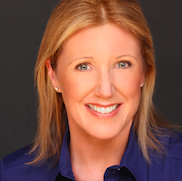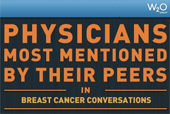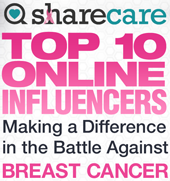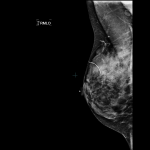Six Ways to Make a Mammogram More Tolerable
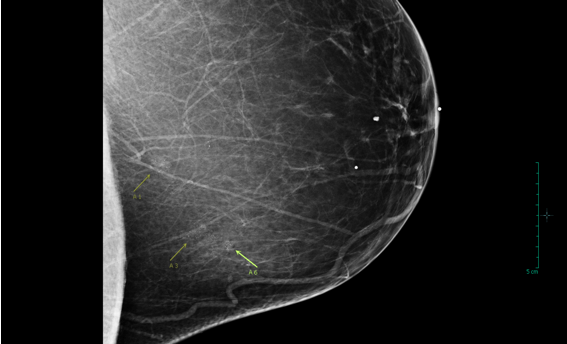 By now you’ve probably seen the internet jokes that compare the mammogram experience to having your breast squashed in a refrigerator door/ automatic garage/ etc. A few years back, I joined the club of women who have our annual mammograms, and I can’t say that I disagree with the imagery of the jokes; however, the benefits of early detection FAR outweigh the discomfort (don’t you hate when doctors say that? It’s not “discomfort” or “a little pressure”— It HURTS!), so I’m willing to put up with it.
By now you’ve probably seen the internet jokes that compare the mammogram experience to having your breast squashed in a refrigerator door/ automatic garage/ etc. A few years back, I joined the club of women who have our annual mammograms, and I can’t say that I disagree with the imagery of the jokes; however, the benefits of early detection FAR outweigh the discomfort (don’t you hate when doctors say that? It’s not “discomfort” or “a little pressure”— It HURTS!), so I’m willing to put up with it.
I’d like to share a few tips I’ve learned as both the doctor and the patient, to make the experience a bit less awful:
- If you are premenopausal and you experience breast tenderness or swelling in the week before/ during your period, schedule your mammogram appointment to avoid those times.
- Take an over-the-counter pain med (Advil, Motrin, Tylenol, etc) about an hour before your mammogram appointment.
- Don’t wear deodorant, cream or powder on the day of your mammogram. It can show up on the films, and the radiologist can’t read them accurately. You might get called to come back again on another day— inconvenient, and more radiation! This is the mammogram of a woman who applied Desitin cream under her breasts, resulting in artifacts (arrows pointing to tiny white clusters of dots) on the films that looked like cancer. She was called back, and after she cleaned her skin, the new pictures proved that there was no cancer, just Desitin.
- Best outfit to wear to a mammogram: Two pieces (pants or skirt with a top) are better than one. If you wear a dress, you must strip down completely, and sit in the “gowned waiting area” wearing a tiny paper (cloth if you’re lucky) “gown” that barely covers the private bits. Need I say more?
- If you are having a breast ultrasound (sonogram) test, realize that the person performing the exam may be liberal with the gel that they must apply to your breasts during the test. You may be very “goopy” afterward, and the construction-paper quality towels they provide might not cut it, especially if you are going back to work or you have other plans, and you can’t immediately return home to shower. Several patients of mine, after confronting this situation and its ramifications, now bring their own supply of baby wipes to use after their test. They either put a few in a ziploc bag, or bring one of those Huggies purse-size wipes containers. Now you know.
- If you are having a breast MRI, or any sort of needle biopsy, and you are at all anxious about it, ask your doctor to prescribe a mild anti-anxiety or sedative (Xanax, Valium, etc) to take just before the test. If you are comfortable, the test can be performed in less time, and often more accurately.
Hope this helps you next time your appointment comes up. Any other ideas out there? I’ll include them in a future post!
Tags: breast MRI, breast needle biopsy, breast sonogram, breast ultrasound, deodorant on mammogram, mammogram, mammogram discomfort

